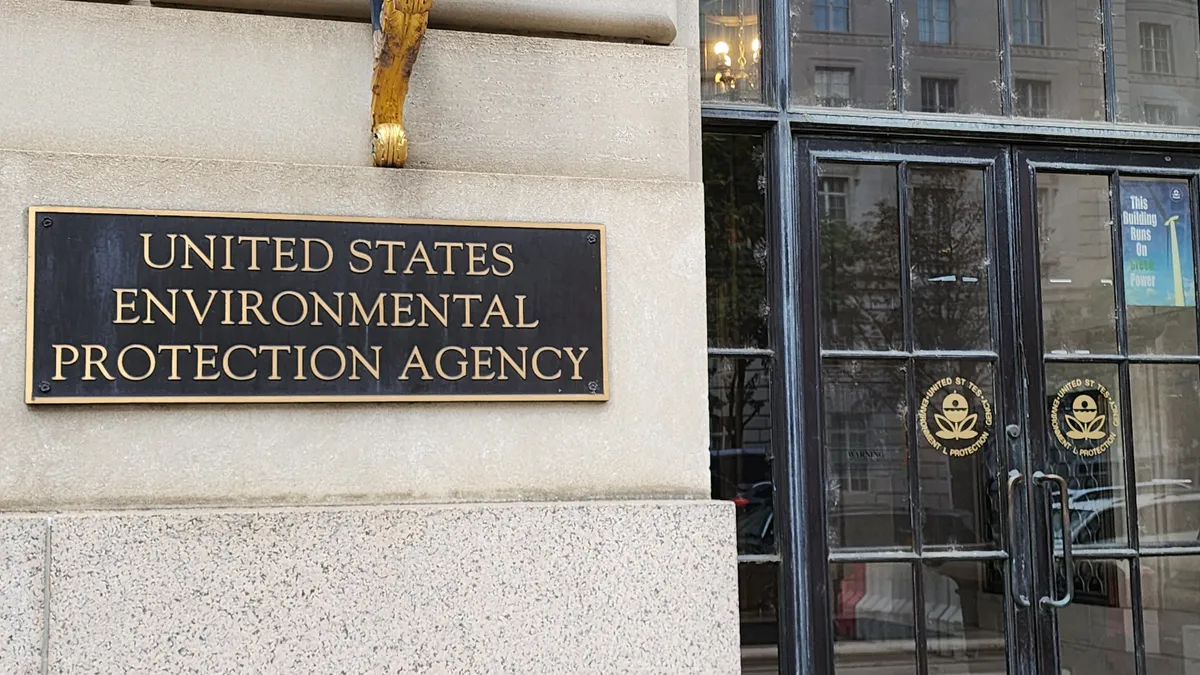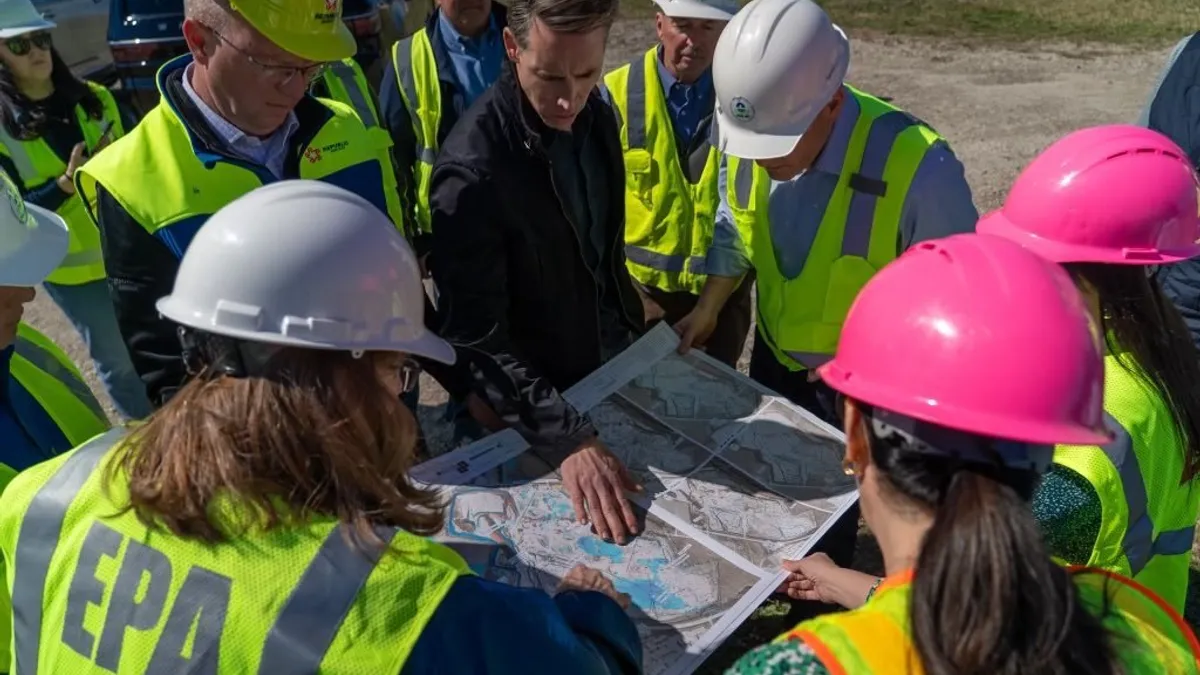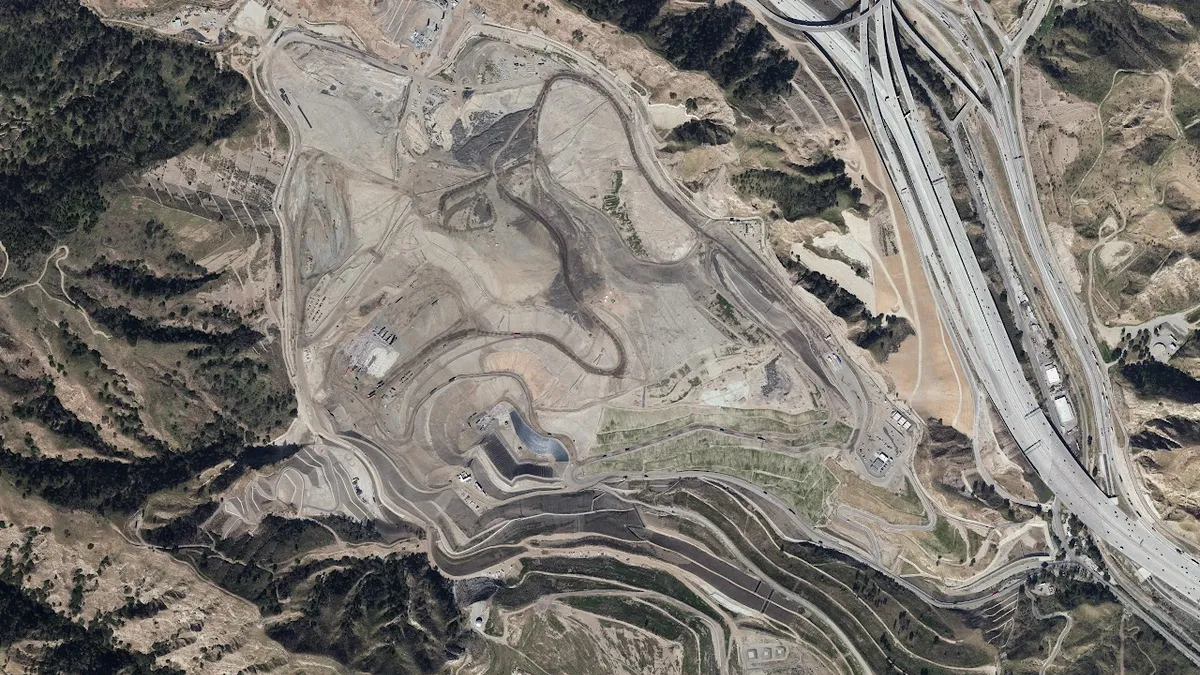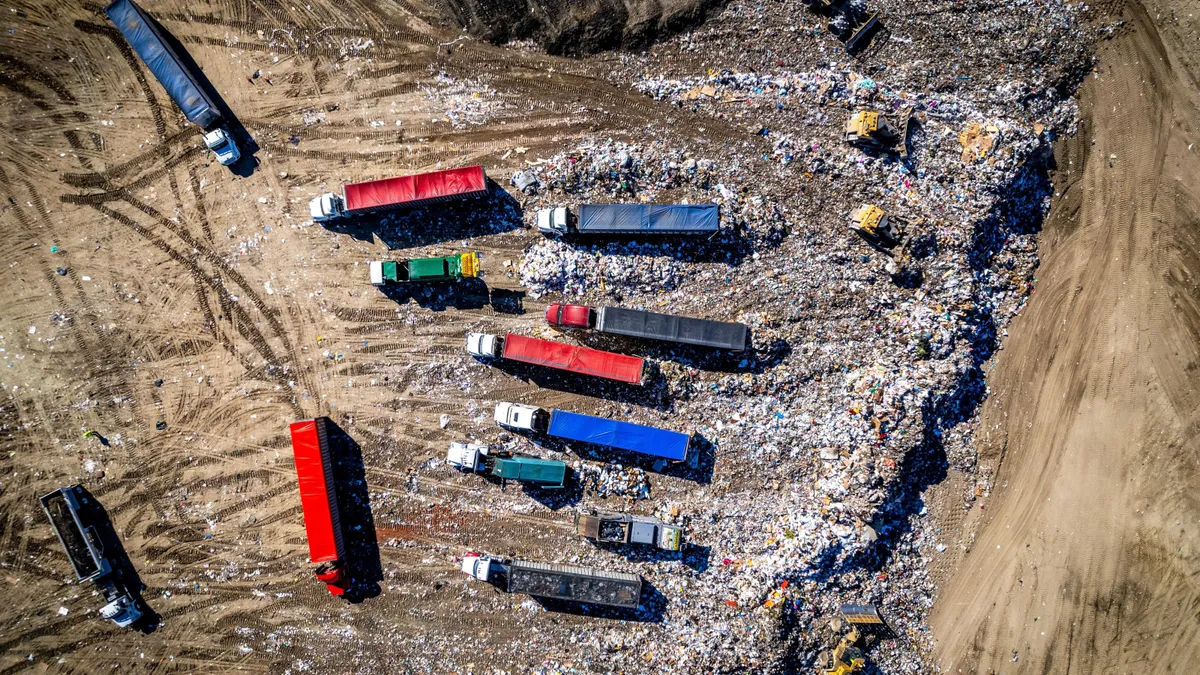The U.S. EPA proposed two new rules on Thursday meant to more clearly specify its authority to identify and clean up PFAS contamination at certain hazardous waste treatment, storage and disposal facilities.
One of the proposed rules would clarify that the EPA has the authority under the Resource Conservation and Recovery Act to clean up “emerging chemicals of concern, such as PFAS,” that could cause hazards at permitted facilities. Part of the clarification process in the proposed rule would be to update the definition of “hazardous waste” under RCRA.
The other proposed rule would add nine PFAS compounds to the list of hazardous constituents under RCRA, meaning regulators could specifically monitor for those per- and polyfluoroalkyl substances during facility assessments and, if necessary, call for a cleanup process. Currently, RCRA does not list any PFAS as hazardous constituents.
These two proposed rules would only apply to operators whose facilities are also considered hazardous waste TSDFs, the EPA confirmed in the draft rule. Most publicly owned treatment works would also not be affected by the proposed rules.
The National Waste & Recycling Association and the Solid Waste Association of North America were not available to comment as of press time, but others familiar with the draft rules confirmed MSW and C&D landfill operators are not expected to be affected.
The EPA will take public comments on the two proposed rules once they are published in the Federal Register. As of press time, the public comment period was not yet open, but the EPA had published drafts of both the hazardous waste definition rule and the PFAS constituents rule.
The EPA proposed the draft rules in part due to a petition from New Mexico Gov. Michelle Lujan Grisham, who requested in 2021 that PFAS be identified as hazardous wastes under RCRA.
The U.S. Department of Defense filed a lawsuit in 2019 challenging New Mexico’s legal authority to regulate PFAS as a hazardous waste under RCRA. The state expressed concerns about groundwater and environmental contamination from PFAS in aqueous film forming foam, known as AFFF, used at Air Force bases in the state.
“States like New Mexico are on the front lines of protecting communities from forever chemicals, and stronger federal regulations are essential in addressing such contamination,” Lujan Grisham said in a statement on Thursday.
The EPA acknowledged in its news release it proposed rule updates because “currently, the regulations do not clearly and accurately reflect the full authorities granted to EPA by Congress.”
The proposed rules are part of the federal government’s long-term actions to address PFAS contamination across the country, including through the EPA’s PFAS roadmap.
The proposed new rules announced on Thursday are separate from several other PFAS-related actions the EPA is expected to take soon. National drinking water standards for certain PFAS substances could be finalized soon. The rule was sent to the Office of Management and Budget in December for review.
The EPA could also designate two types of PFAS as hazardous substances sometime in March. The waste industry hopes to avoid potential liability and higher operational costs once the EPA makes this designation, which is regulated under the Comprehensive Environmental Response, Compensation, and Liability Act and not RCRA.
That CERCLA hazardous substance designation is different than the EPA’s proposed rule to add certain PFAS to its hazardous constituent list under RCRA.
In a separate action, the DOD recently partnered with a cohort of environmental services companies to conduct a PFAS remediation and destruction research study to learn more about how to manage the substances on air bases and other agency properties.
The DOD partnership comes as more waste and organics businesses are considering whether to hire environmental services companies to provide PFAS remediation for landfill leachate or biosolids. Some landfill operators may continue to invest in other infrastructure to take on leachate management themselves. The EPA’s recent rule announcement could spur more interest in such services.
The EPA is also expected to update its guidance on landfilling, incineration or deep well injection of PFAS-containing material as well as potentially offer more insight into environmental effects, which could have an impact on the services the remediation industry offers.






















